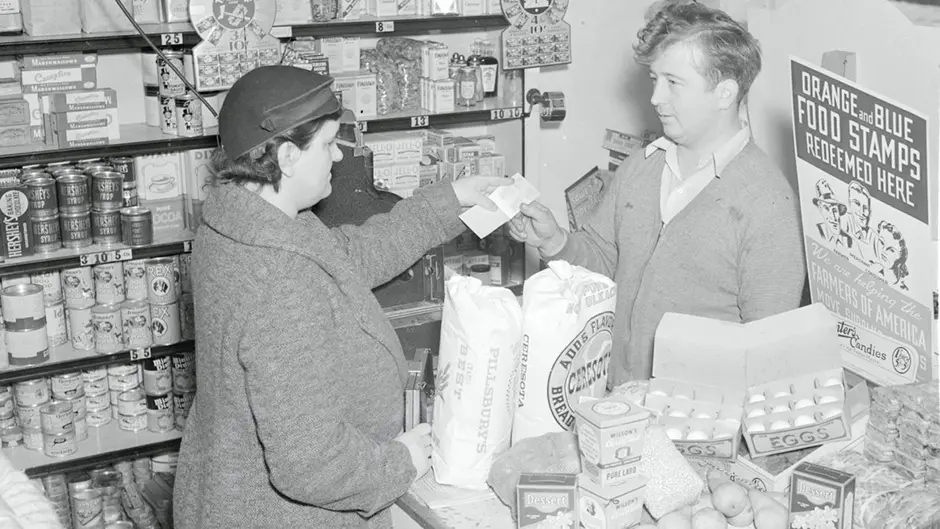
The Food Stamp
Program
How did the Food Stamp Program begin?
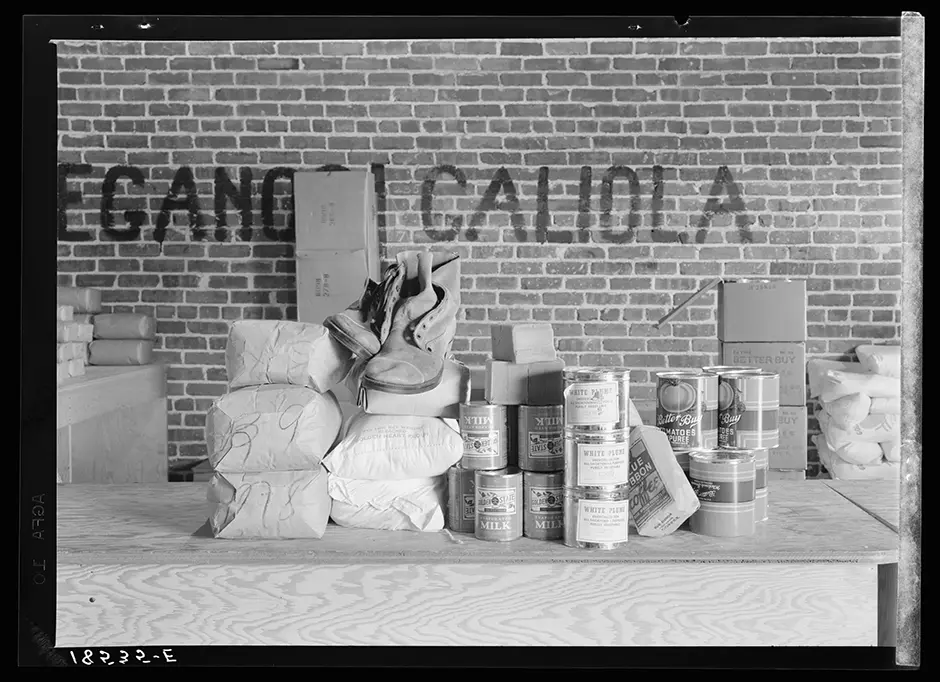
The origins of the Food Stamp Program trace to the Agricultural Adjustment Act (AAA) of 1933, which empowered the U.S. Department of Agriculture (UDSA) to make unprecedented interventions in food supply. The USDA became the nation’s largest purchaser of surplus agricultural goods, distributing the surplus to welfare providers, public schools, and other agencies who could, in turn, pass them on to hungry Americans. The surplus distribution program proved popular among producers and consumers alike, and it soon provided food to an estimated 11 million Americans. In 1939, the USDA expanded its distribution with a new direct-to-consumer program: food stamps.
What was the rationale behind the Food Stamp program?

The Food Stamp Program aimed to address the needs of two populations simultaneously: struggling families and farmers. Whereas previous programs distributed surplus goods mainly through welfare agencies, the Food Stamp Program was designed to maximize accessibility and efficiency by making those goods available through grocery stores and markets. By dispersing stamps directly to consumers, the program aimed to boost struggling families’ “purchasing power,” enabling them to visit the vendors they trusted and to purchase a wider-variety of low-cost foods which, in turn, would boost the finances of food vendors and stabilize crop prices.
How did the Food Stamp Program work?
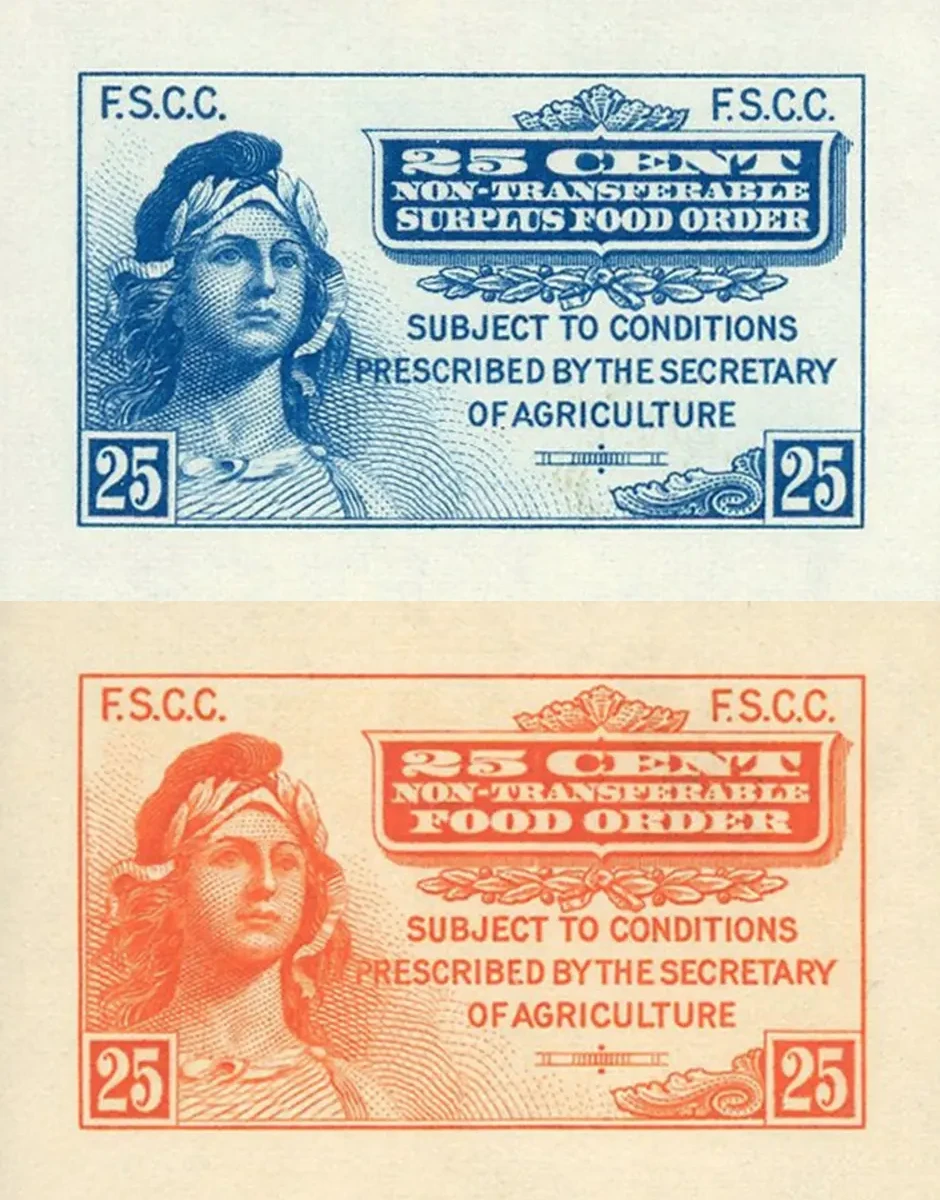
The U.S. Department of Agriculture (USDA) designed two types of discounted “stamps” that could be exchanged for food: blue stamps to be exchanged for surplus staples such as butter, eggs, grain, produce, and meat, and orange stamps to be exchanged for any foods of the same monetary value. Program participants were required to purchase orange stamps, and then received half as many blue stamps for free. The surplus goods eligible for purchase shifted depending on which sectors were in need of support. Grocers would then submit the stamps to USDA — or later participating banks — for reimbursement.
What was the impact of the Food Stamp Program?

The Food Stamp Program, piloted in Rochester, New York, soon extended to five additional counties in Ohio, Washington, Alabama, Oklahoma, and Iowa. At its peak, the Food Stamp Program was available in 1,741 counties in the U.S., encompassing nearly two-thirds of the U.S. population. While eligibility standards varied from county to county, the number of enrolled Americans reached 4 million by May 1941. The impacts were particularly profound in urban locations where, by one estimate, food stamps comprised as much as 4% of total food sales.
“The Food Stamp Program: History, description, issues, and options.” United States. Congress. Senate. Committee on Agriculture, Nutrition, and Forestry, 1985.
Who was excluded from the Food Stamp Program?
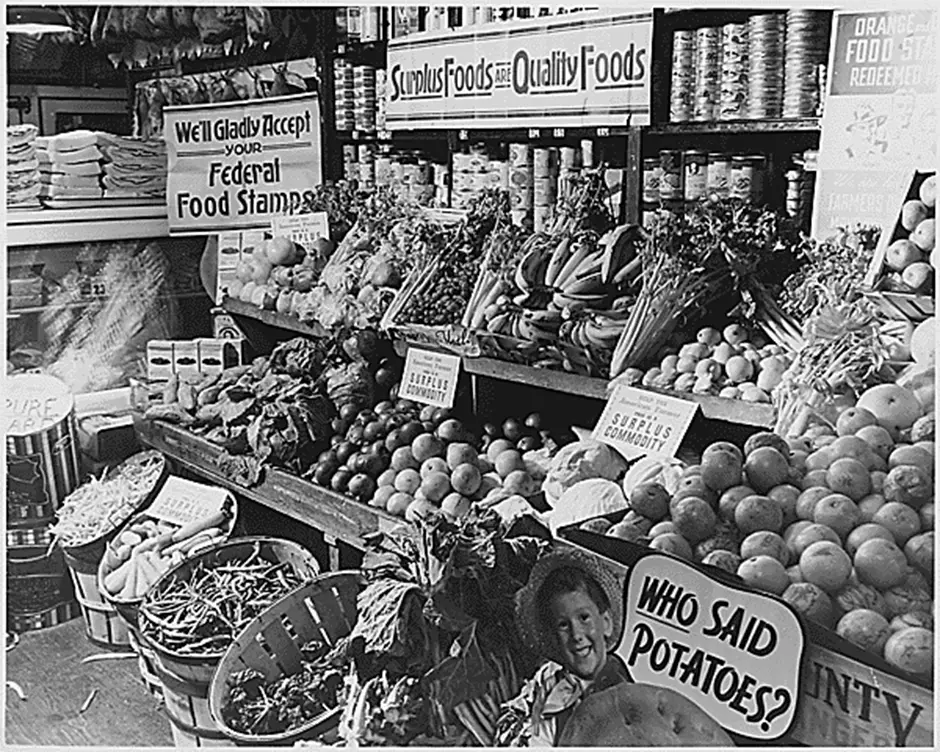
While the Food Stamp Program was widely popular, its true impact was limited. Eligibility was limited to those already enrolled in existing relief programs, including the elderly, family caregivers, and unemployed workers. Local governments could impose additional restrictions, including discriminating based on an applicant’s racial identity or denying someone from joining the program at all. The program required that already-struggling participants spend what little money they had to purchase orange stamps in order to receive additional blue stamps — a barrier to entry to many of those in need. At its peak, the program assisted 4 million Americans — had it been extended to all low-income families at the time, it could have reached up to 25 million.
“Analysis of Food Stamp Plans: a Supplemental Report Developed in the U.S. Department of Agriculture, Pursuant to Public Law 540, Eighty-Fourth Congress, Transmitted to the President of the Senate and the Speaker of the House of Representatives, January 3, 1957.” Washington, D.C: U.S. Dept. of Agriculture.
Why did the Food Stamp Program end?
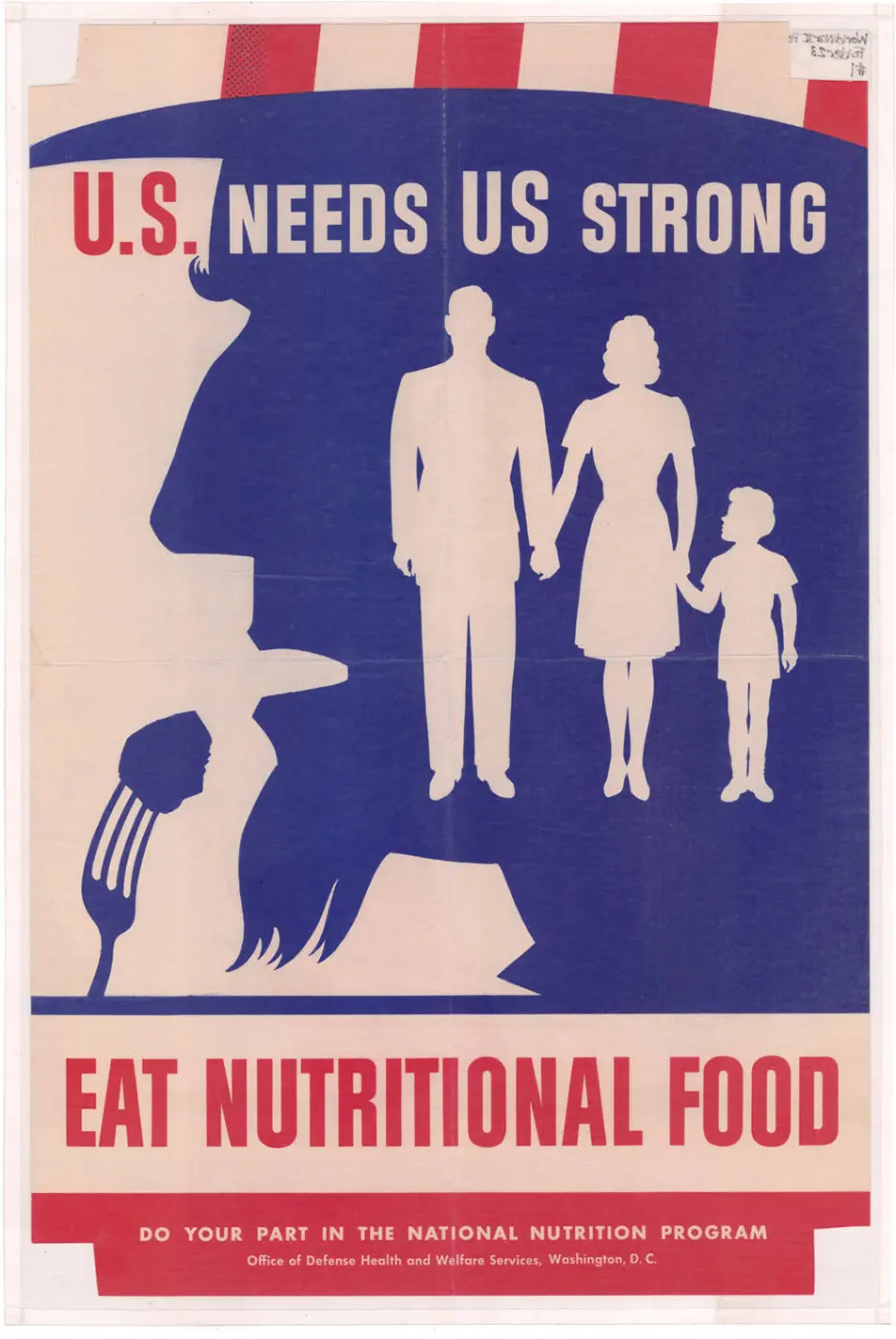
The Food Stamp Pilot Program ended shortly after the United States entered World War II. Accelerated war production that created thousands of new jobs and the military’s mandatory draft reduced unemployment rates among those relying on food assistance in previous years. The war prompted the federal government to intervene in managing the nation’s food supply, including through rationing and an array of new nutrition and food assistance programs. The federal government ended its funding for the Food Stamp Program in 1943, and it was not revived again until the 1960’s.
Program
The origins of the Food Stamp program can be traced to a pilot program launched by the U.S. Department of Agriculture (USDA) in 1939, which attempted to both help farmers struggling to sell their crops and American families struggling to afford food.
Citations:
Featured Image: “Allentown Gets Food Stamp Plan. Mrs. Anna Papson makes a purchase with the stamps from John Lobus, grocer.” Allentown, Pennsylvania. Bettmann Archive/Getty Images.
The Food Stamp pilot program attempted to help both farmers struggling to sell their crops and American families struggling to afford food.
Museum Map
WISHING
TREE